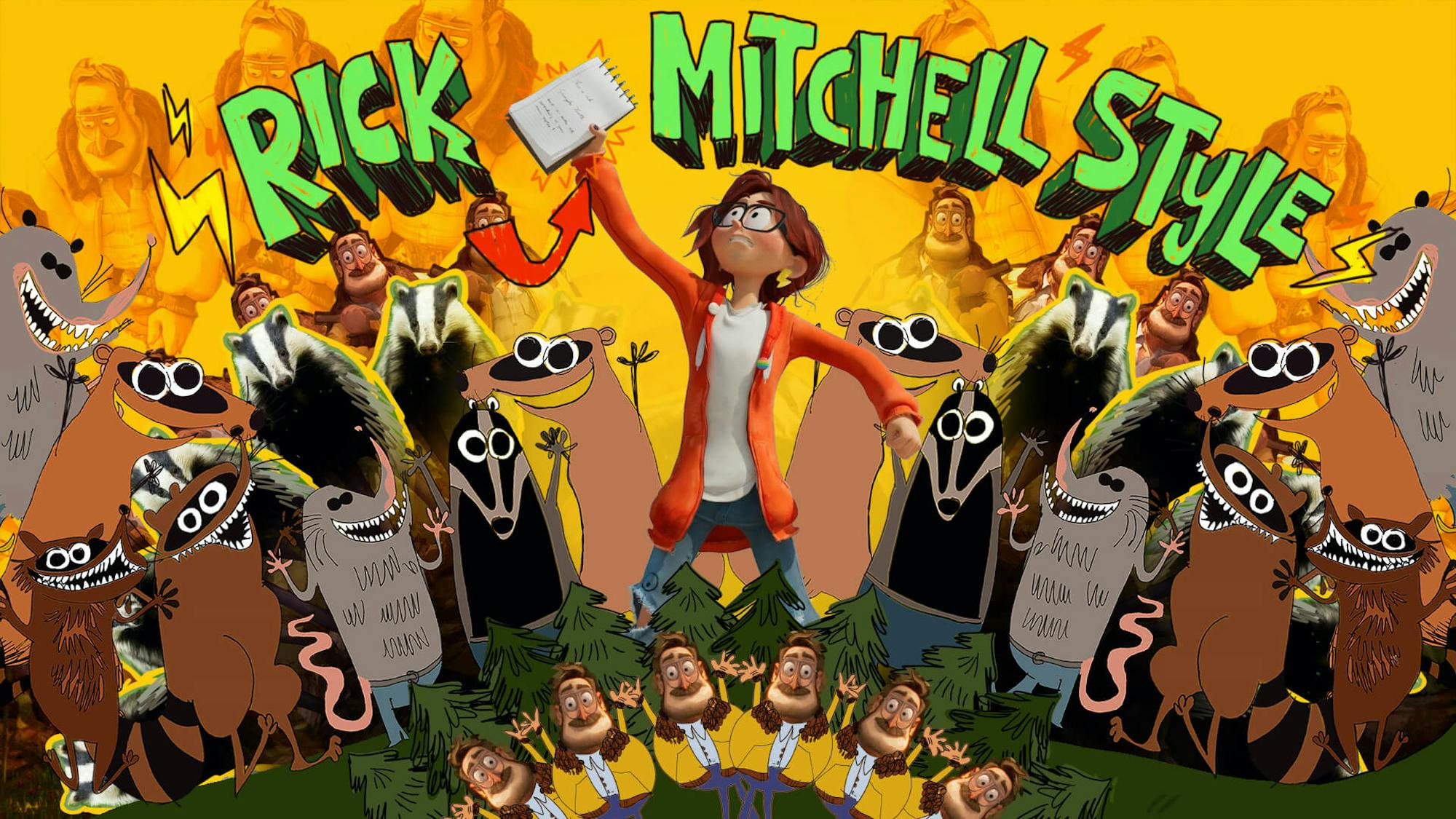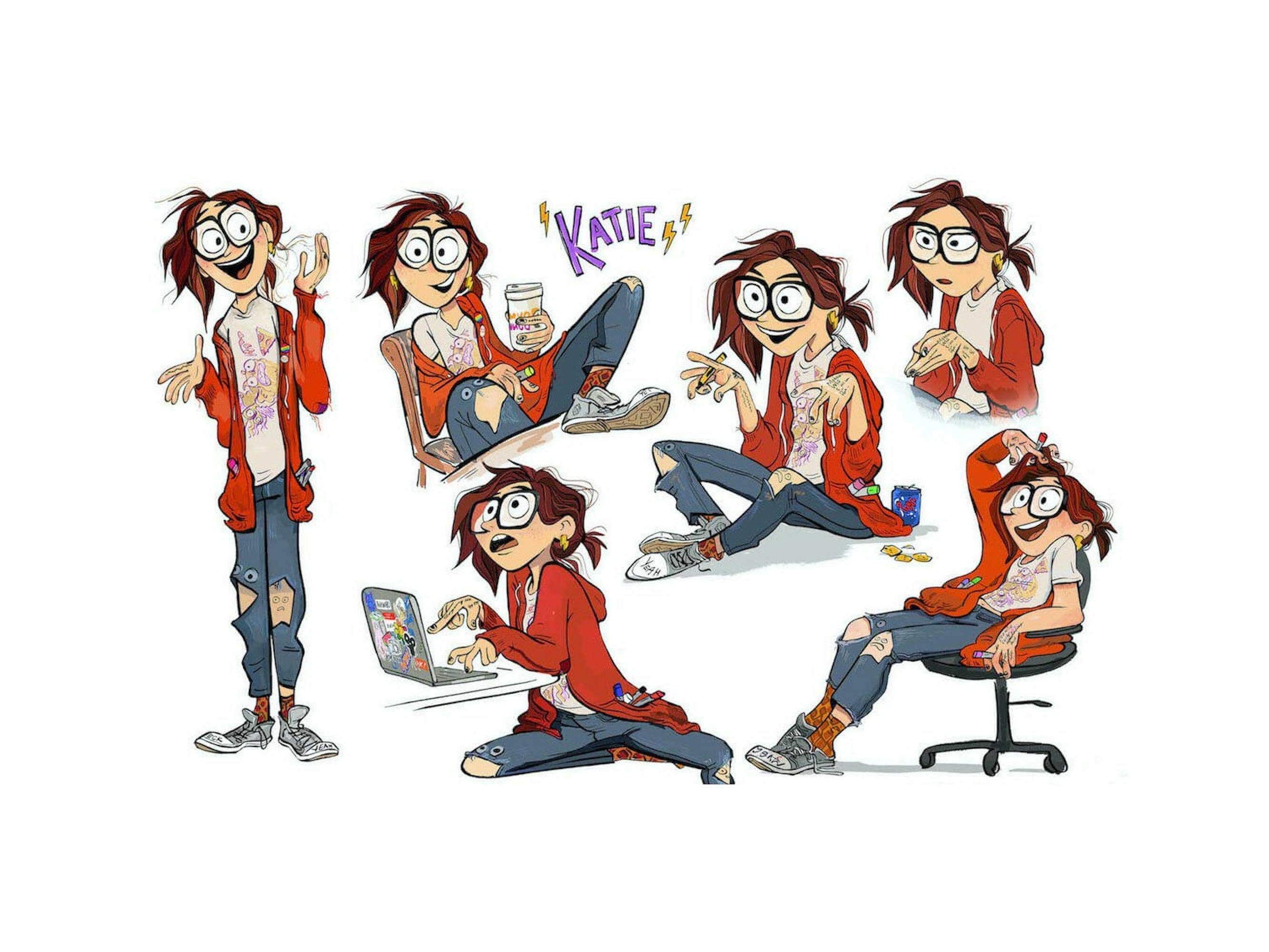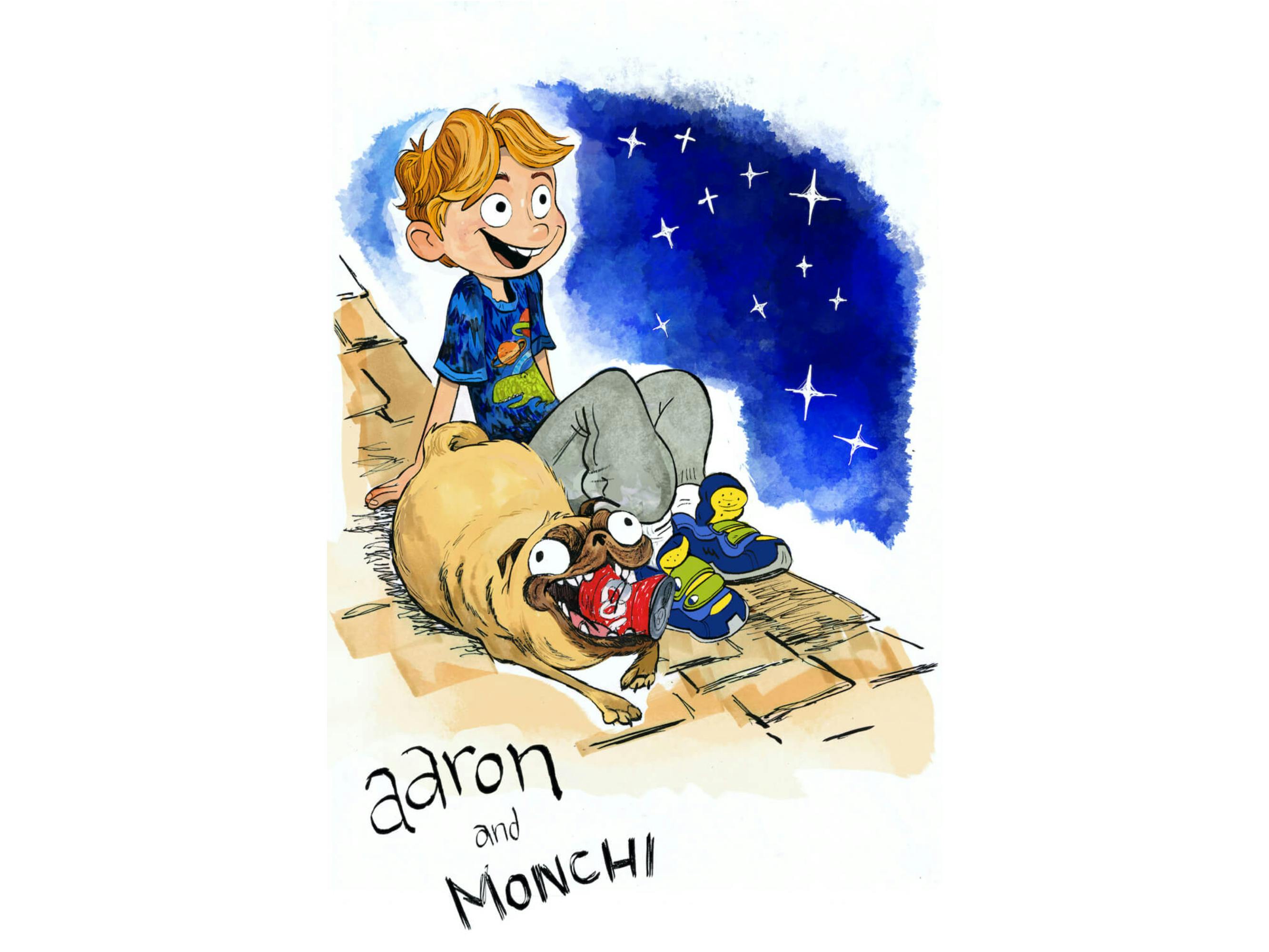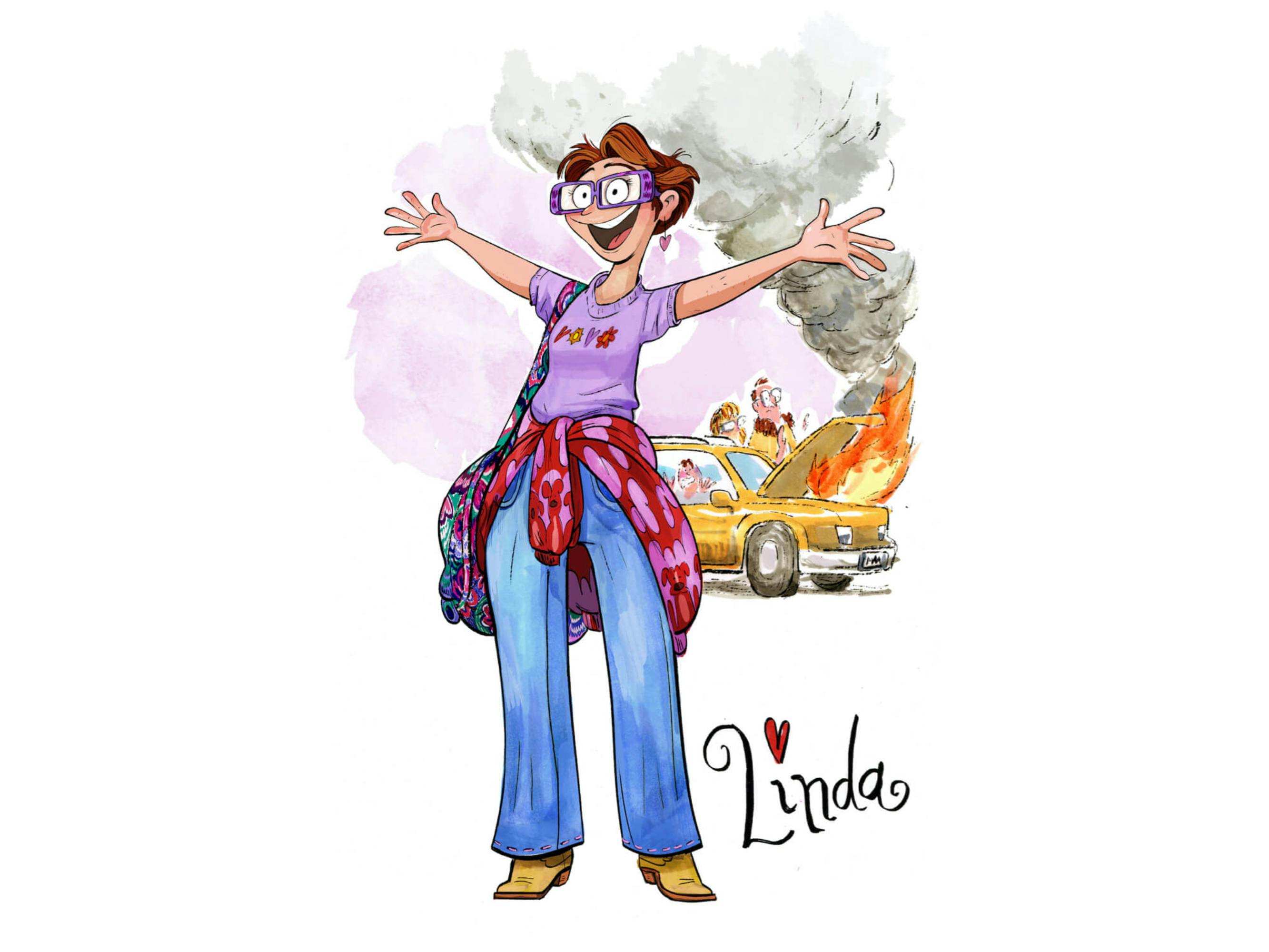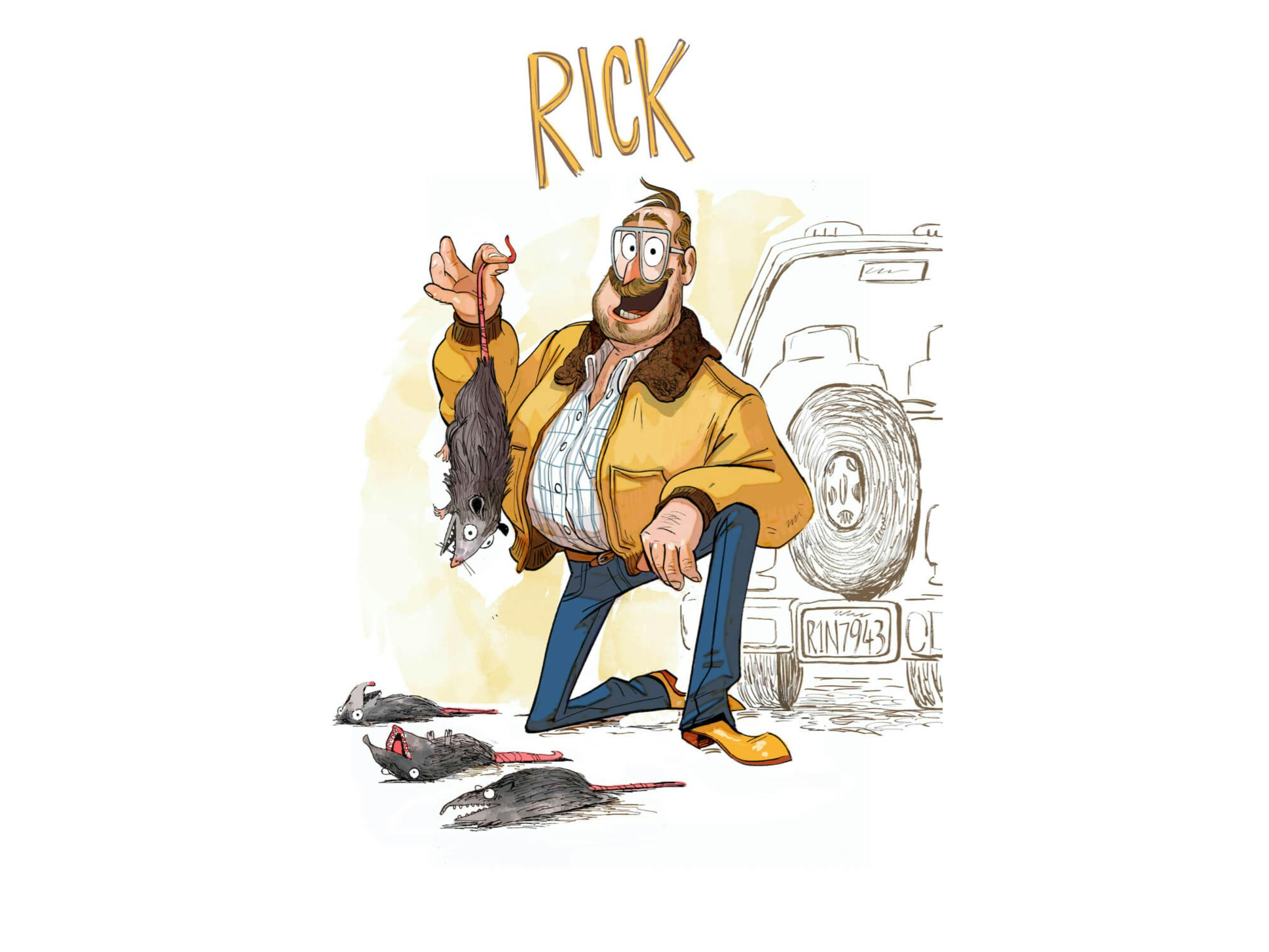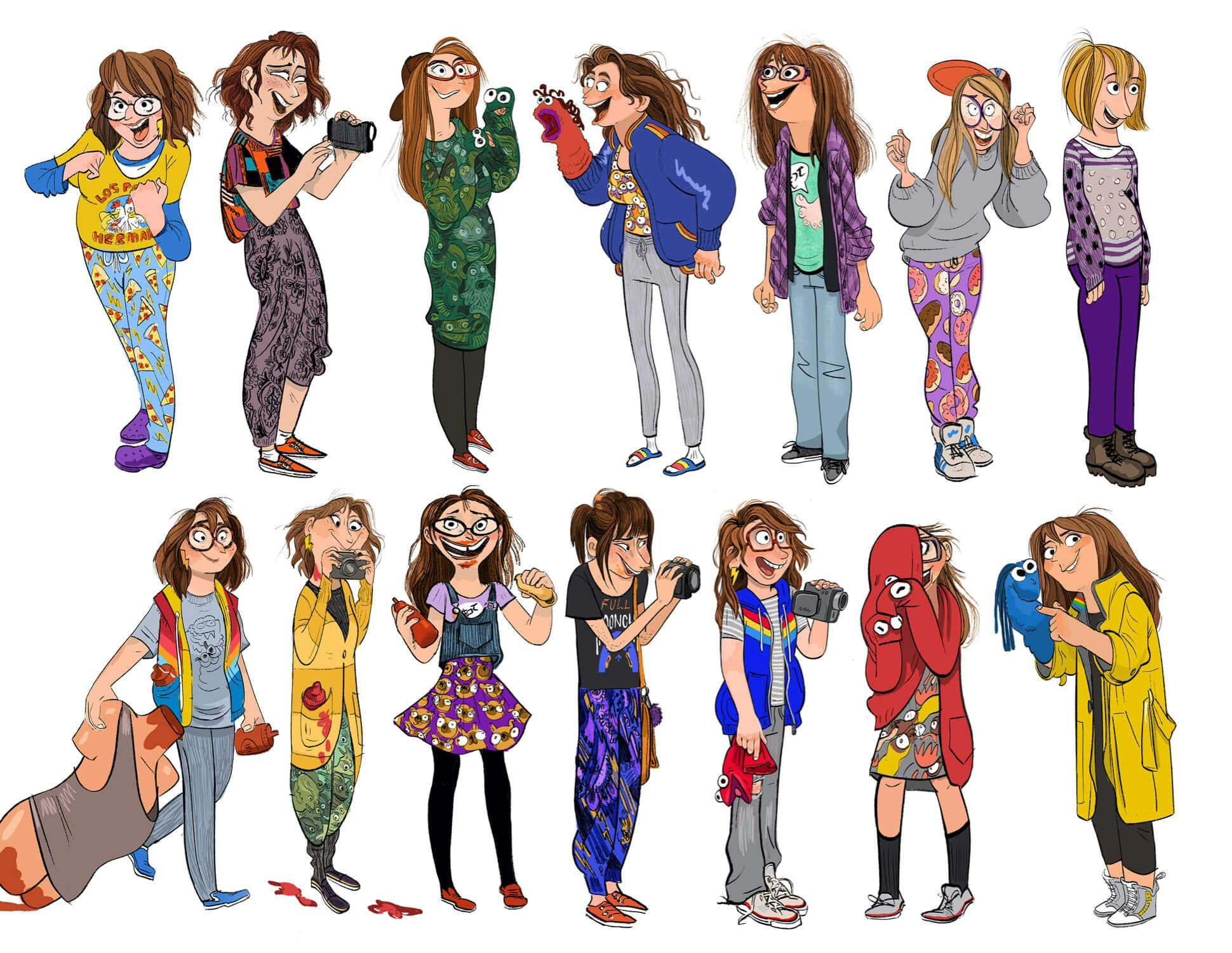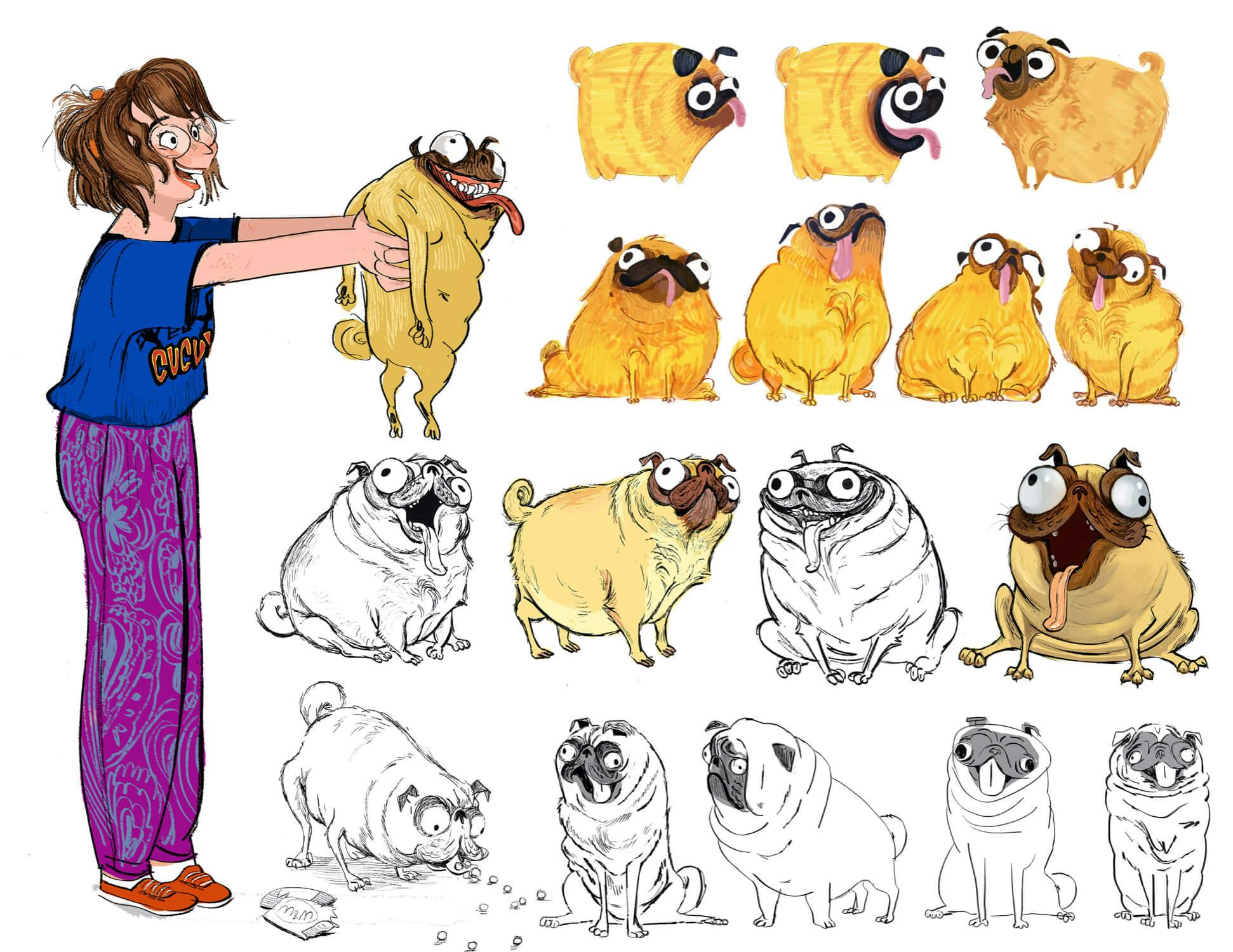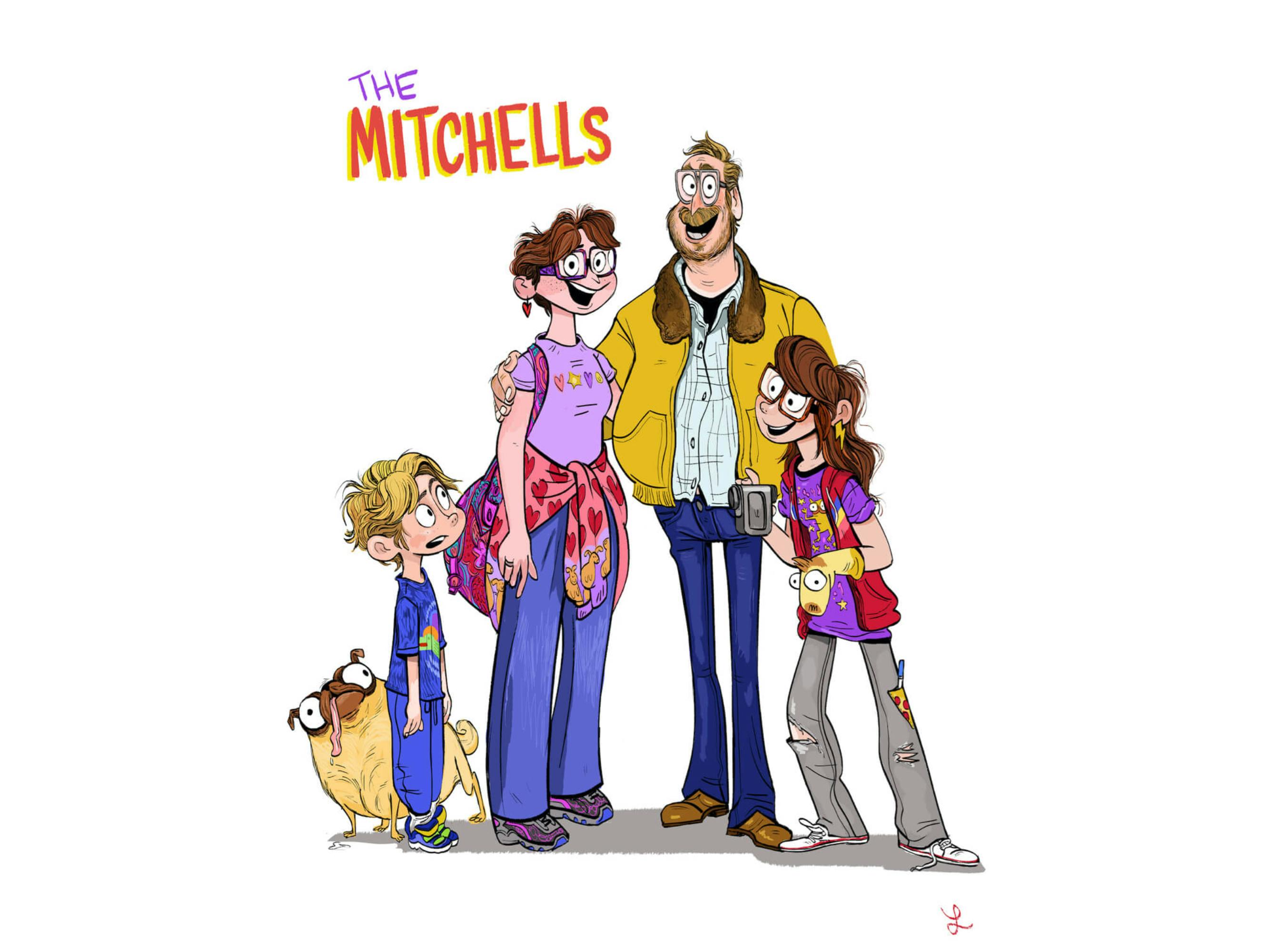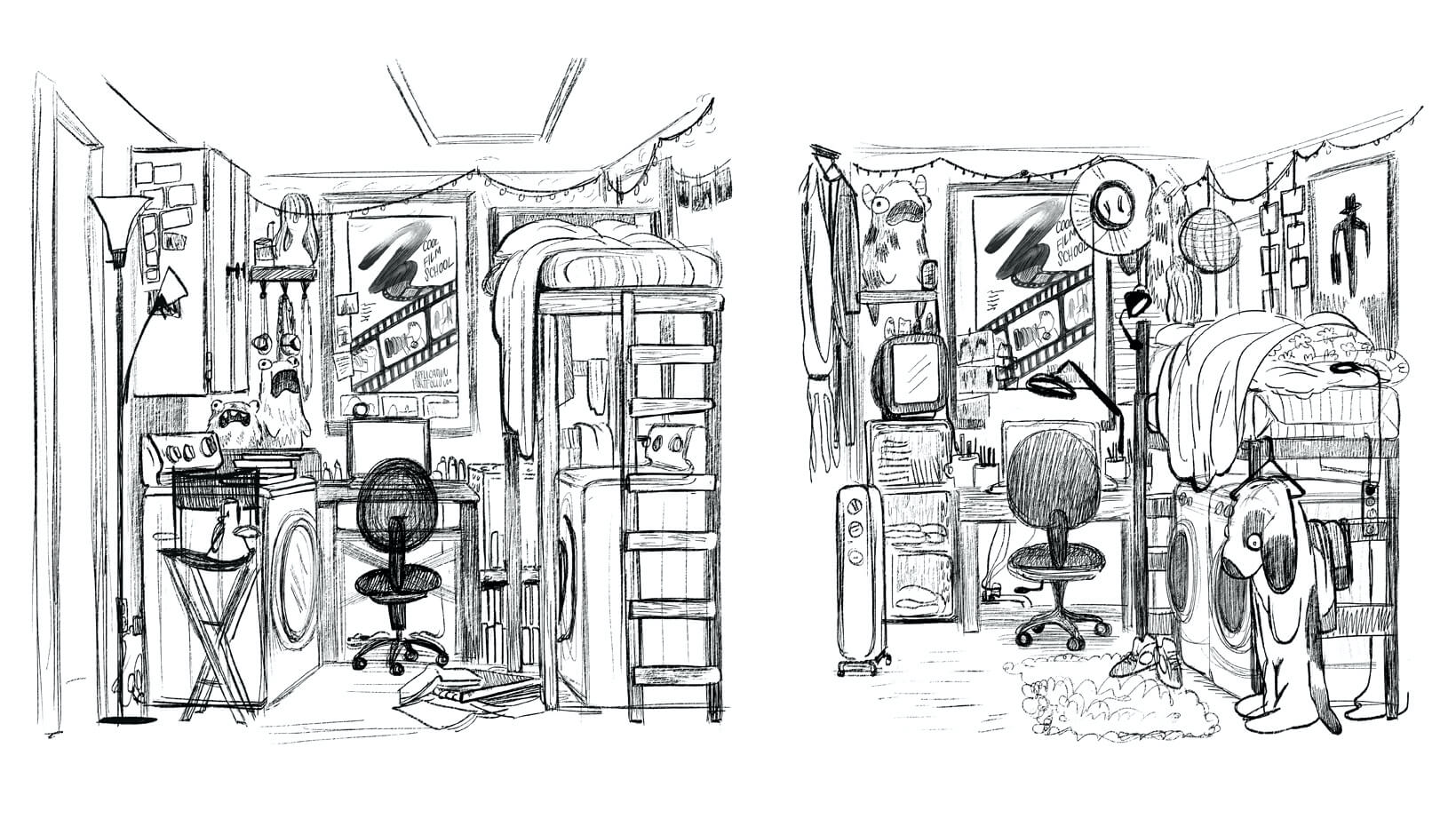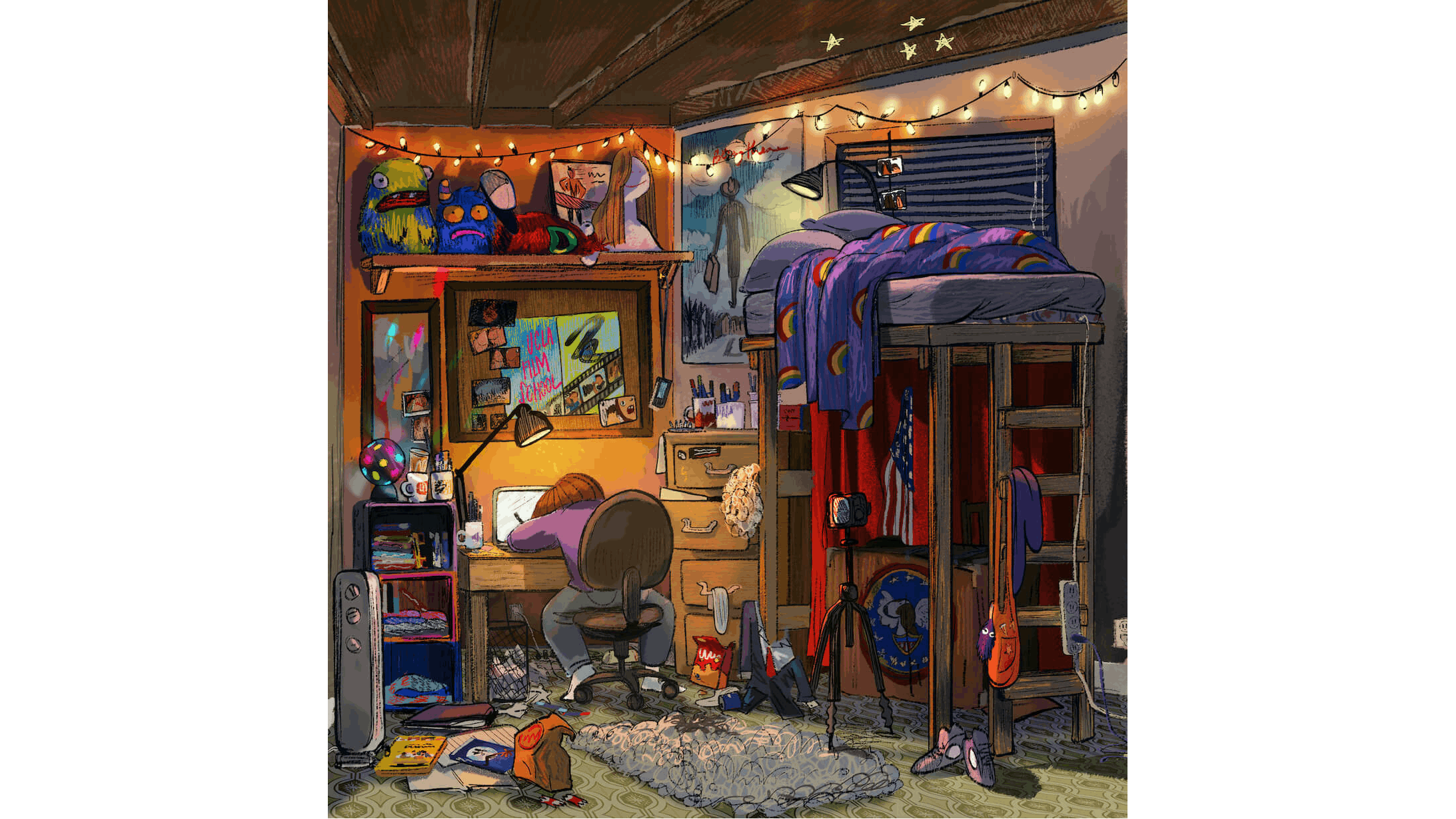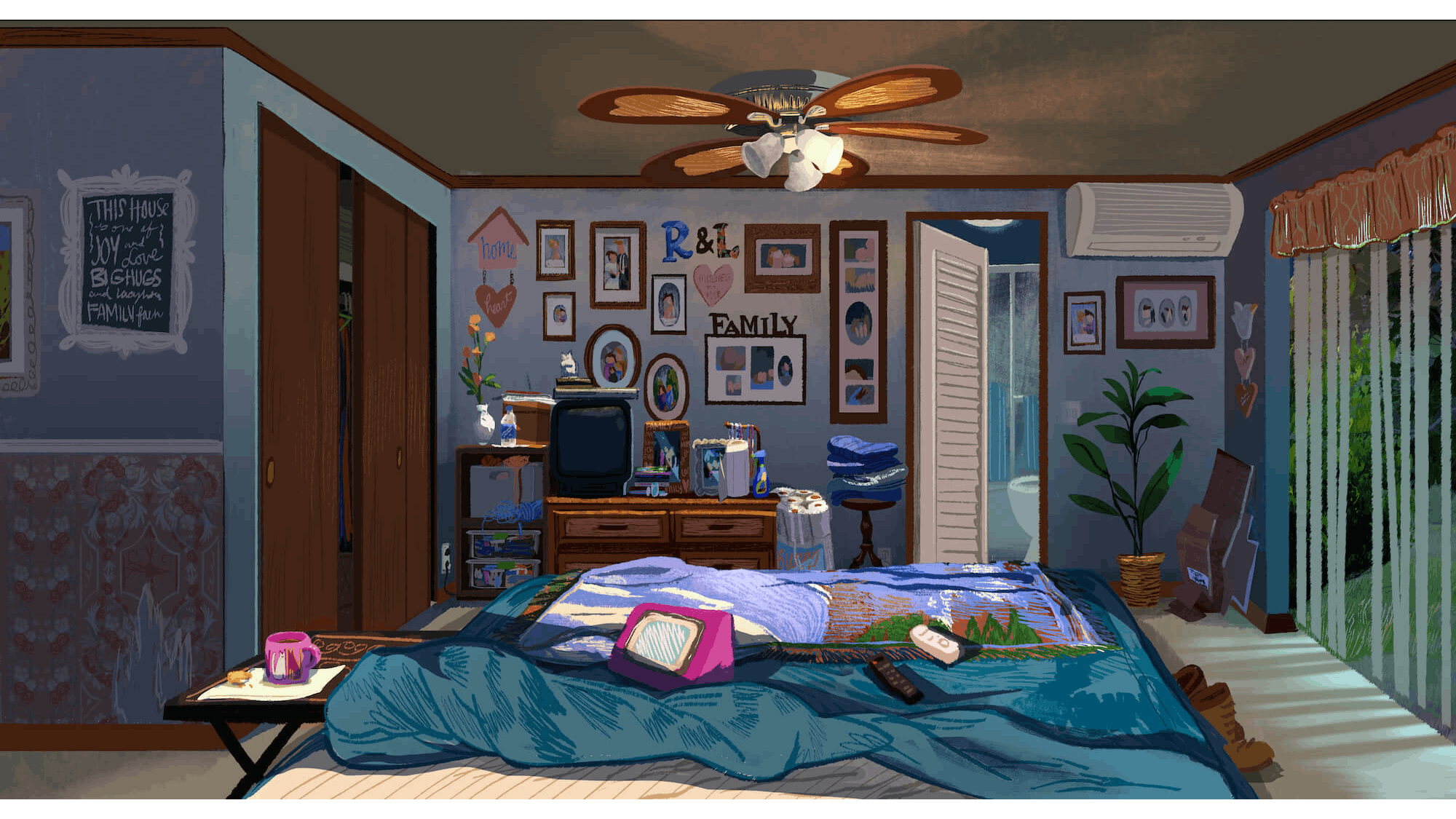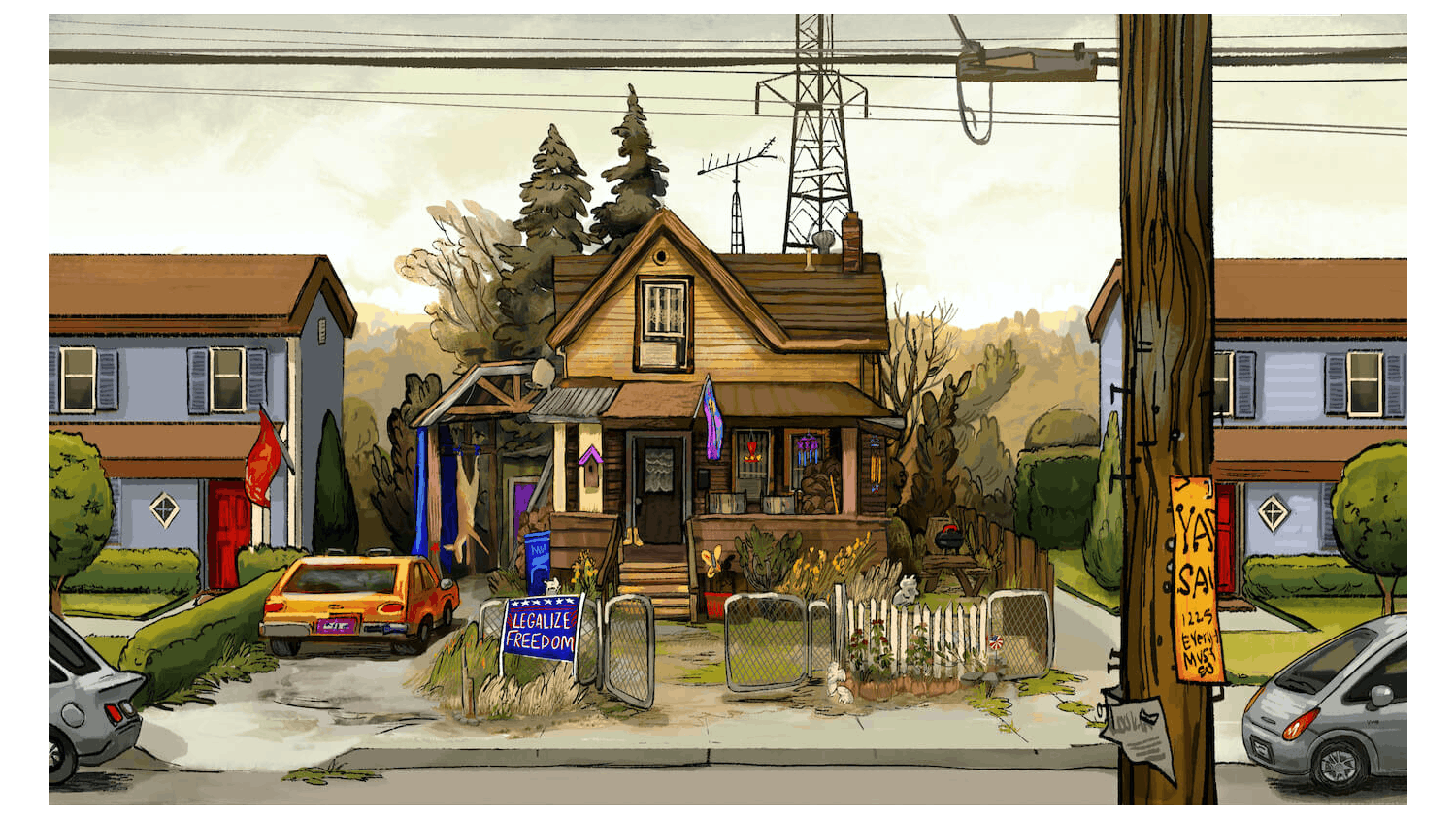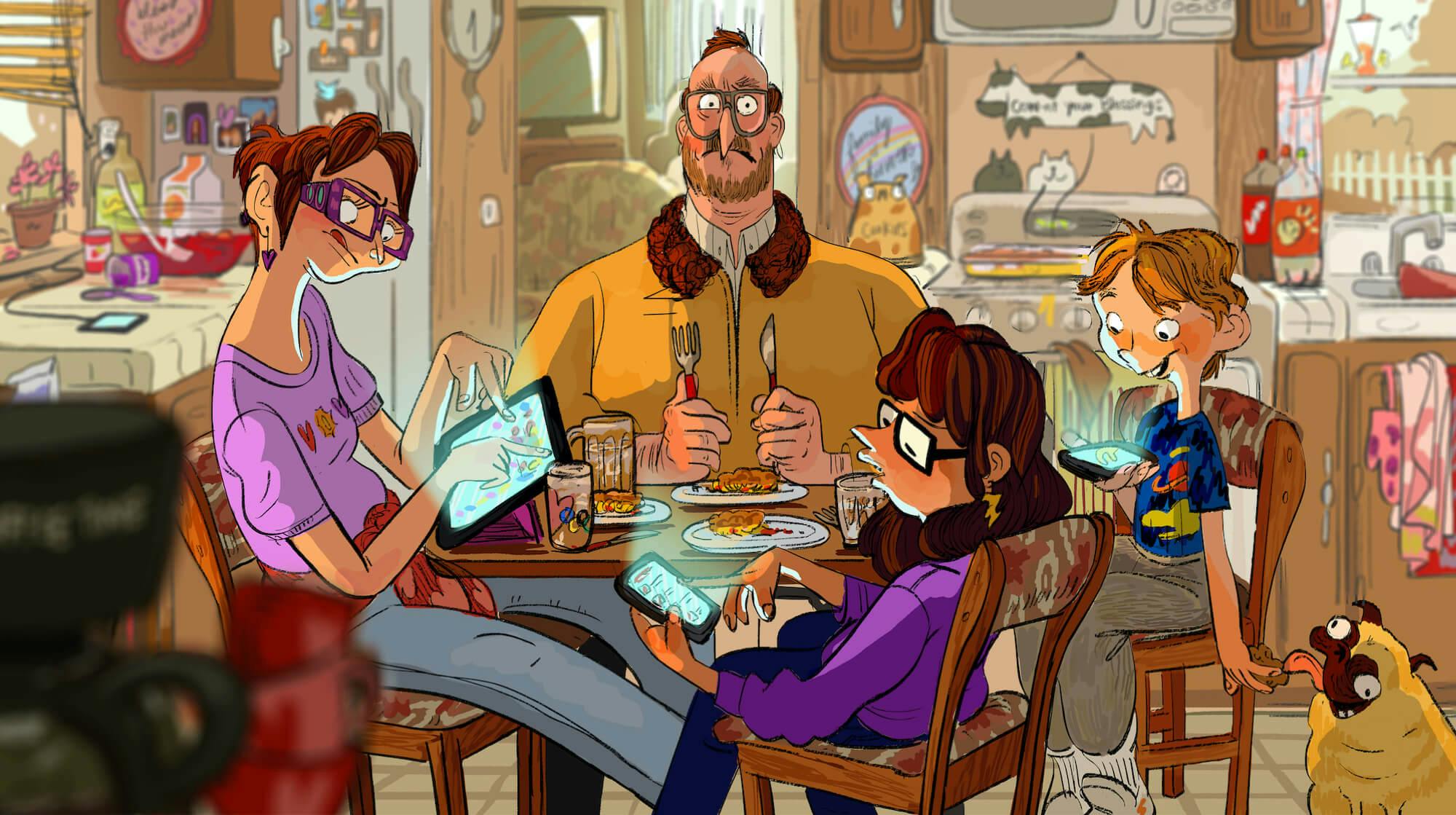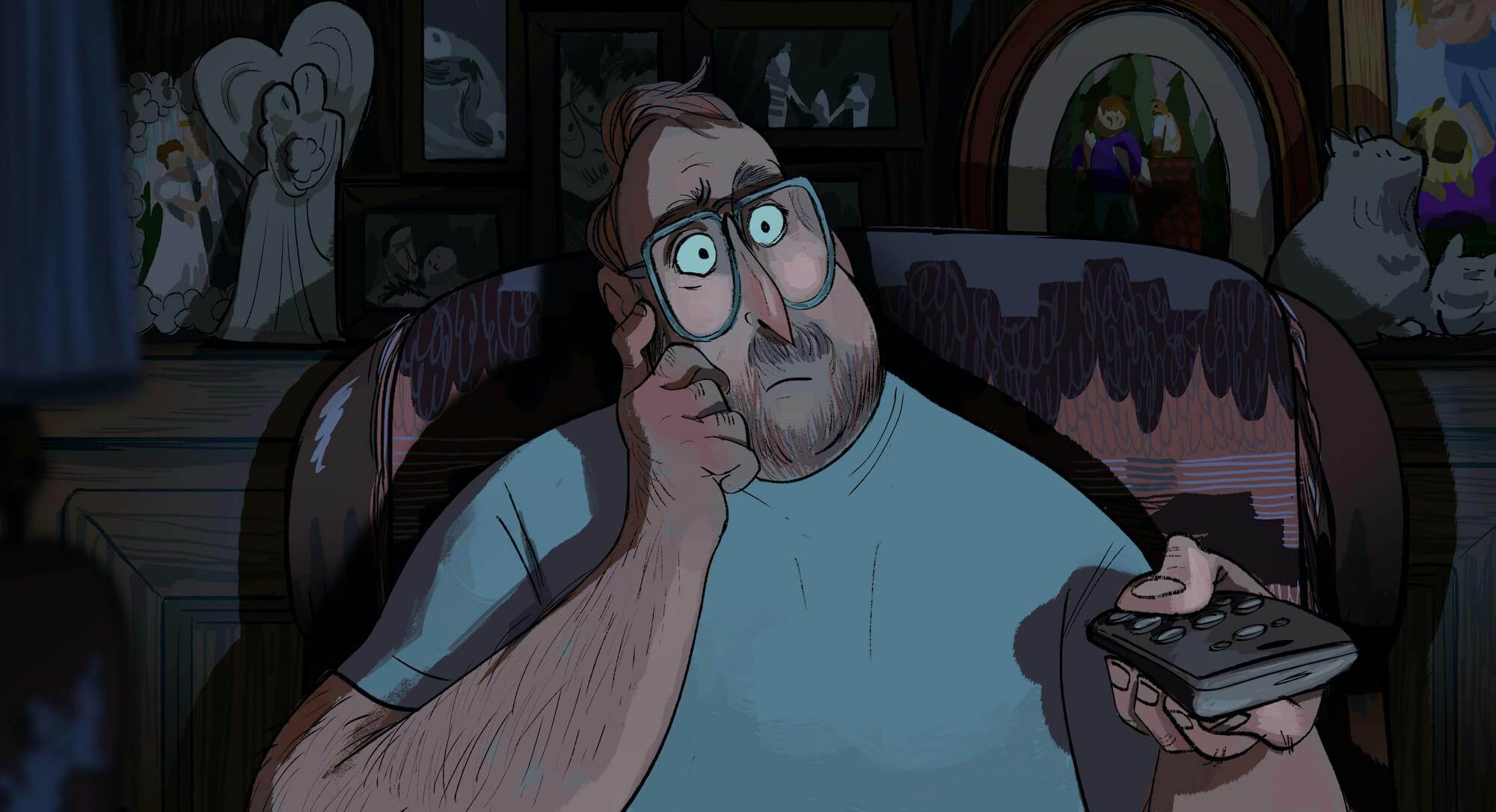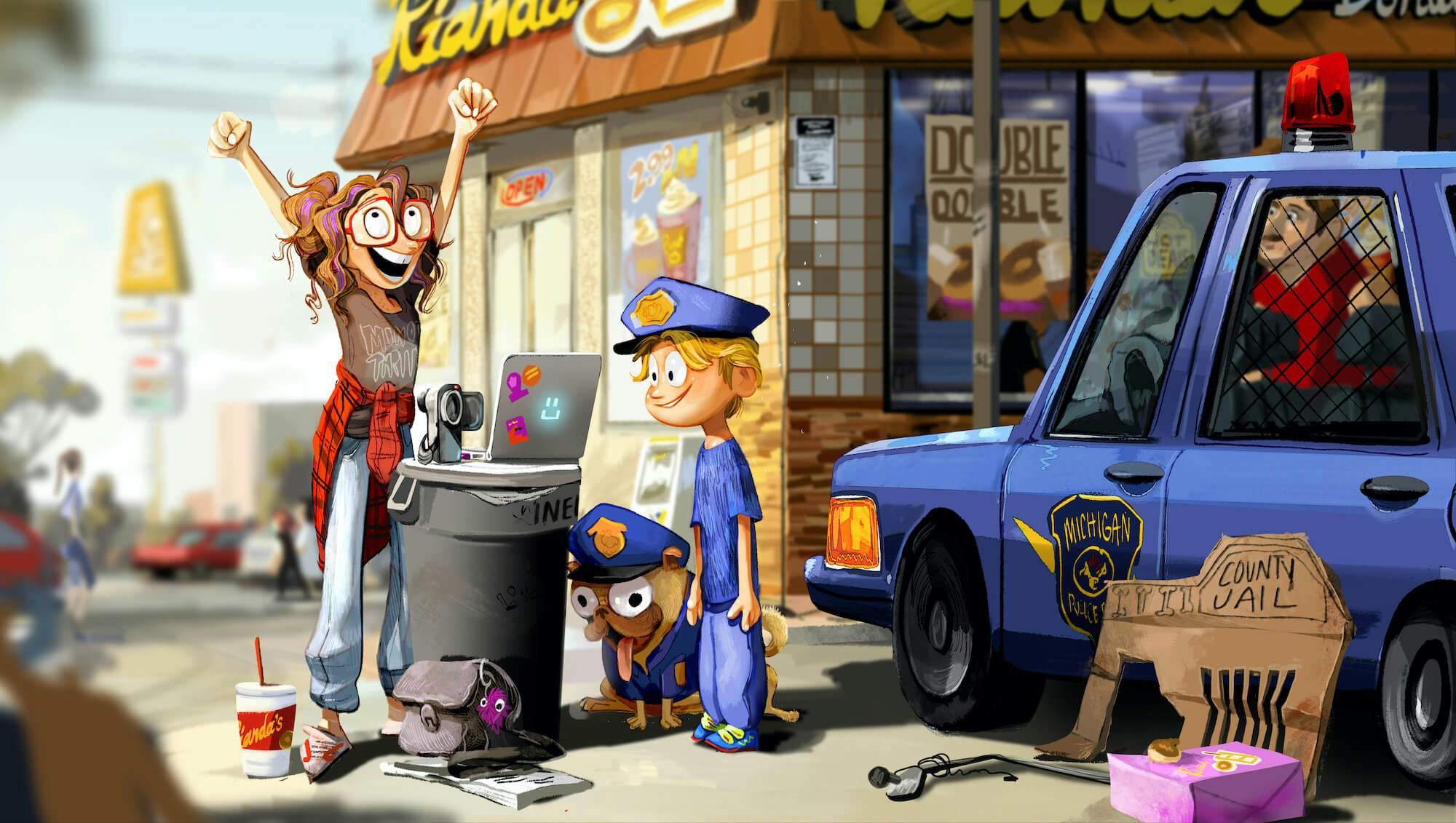The character & production designer takes us inside her sketchbook for The Mitchells vs. The Machines.
How to make an otherworldly story feel close to home? It’s all in the design. In The Mitchells vs. the Machines, artsy incoming freshman Katie Mitchell is excited to finally meet her people when she goes off to film school on the West Coast — but first she and her eccentric family have to survive a sudden uprising of electronics led by an Olivia Colman-voiced handheld device. As production designer and lead character designer for the film, Lindsey Olivares was responsible for translating this story into a cohesive visual world.
Olivares first got serious about making art at the age of five. She came from an artistic family, with a musician father and an illustrator sister, and when she was still young, her parents bought transparency sheets and an overhead projector so she could draw cartoons and paint backgrounds, her first go at animation cels. But it was a CalArts high school summer program that really solidified a future in animation. After attending Ringling College of Art and Design, she landed at DreamWorks Animation, where she worked in the art department on Madagascar 3. Later Olivares went freelance, and it was then that she was tapped to work on The Mitchells vs. the Machines, in what would become her first production designer role.
As director Michael Rianda’s first hire, Olivares began with character design, sketching out the Mitchells and some scenario illustrations — like the family at the dinner table — for the pitch. At its core, the film is about embracing family and nurturing relationships with the people who matter to us — everything from the sets to the characters, the homemade cupcakes to the doodles on Katie’s palm, had to reflect that. “The movie is really about celebrating human imperfections, so it felt like Katie’s work should be good, but a little imperfect. She’s making cool things and is not inhibited by having to have them be perfect,” Olivares explained. Once the project was greenlit, she started the momentous task of bringing those sketches, and the Mitchell family, to life.
“What does the texture of skin look like? What does hair look like? Everything’s from scratch,” she says. “Everything is a choice, since you’re creating new worlds. There are a lot of things that are similar to live action where you’re kind of big picture — coming up with a visual structure and color scheme, and design elements — but you’re additionally thinking about things like, What’s the shape language of our movie?” Over a years-long process, Olivares and her team answered these questions to develop a cohesive, binary world of humans versus machines.
To create visual distinctions between the human world and that of the toasters, phones, and other suddenly sentient electronics, each group was assigned its own distinct palette. The look of the machines included bold neons and perfectly straight lines. The Mitchells’ world, by contrast, was designed imperfectly to reflect the family’s humanity: “Things are more lumpy and lines aren’t perfectly straight or parallel.” Olivares’s team used a hand-painted texture, to give a sense of unrefined beauty, a conscious choice that stands in contrast with traditional rendering techniques. “Hair can be rendered really beautifully. That’s a great 3-D achievement,” Olivares admits. “For some movies, that might be the perfect thing to do, but for our movie, anything that was too beautiful or glamorized didn’t feel right. The visual style needed to hold human stories, and that, to me, feels like someone whose hair is messy. That feels familiar.”
Artistic decisions, Olivares explains, ultimately come down to what kind of story you’re trying to tell; in the case of Mitchells, it’s one about human flaws and empathy. “Our worlds are a little crusty, or lived-in, or weird. I think it worked for the movie to highlight those things in a fond, loving way,” Olivares tells us.
The challenge came down to uniting the rigid lines of the robot world with the messy scribbles of the humans, into one cohesive visual story, a balancing act that came down to simplicity and editing. “If you edited things down so that everything felt drawn, it made them fit together — they just weren’t drawn by the same hand.” Rather than mimic reality, details like precise reflections on surfaces were swapped for hand-drawn swishes.
This hand-drawn approach, and mixing and matching of animation styles, extended to the amateur films that the main character makes. “We didn’t want Katie to look like she was a super professional person yet. It felt like she would be someone who was funny and had good ideas and just expressed herself without having to be perfect.” Her funny, homegrown storylines feel like something you’d stumble across on YouTube. Katie’s films used stickers and filters, much like you’d see on Instagram Stories. “Having them look like they were just grabbed off the Internet and done quickly felt like the right energy for it,” Olivares says. The process of making Katie’s short films was as loose and free as the films themselves. “The way we did it was a little scrappy,” Olivares says, recalling how the art team would make puppets and film them in her office, embracing the spontaneity. It felt “almost like a student film energy within a big studio, which I think is kind of rare.”
Olivares discussed her learnings as a first-time production designer and her gratitude for the stellar art team. “While you’re making all these mini decisions, it’s all building to something complete that ends up on screen.” It’s a matter of balancing, she says, and of putting characters first, always. “You have to set a lot of groundwork, and fight for things, and have a vision, but also just trust people,” she adds, “giving people all the tools and the rules, but then letting people really put the most of themselves into it, too.” Olivares sees so much of her crew in the final product, and she’s proud of that.
With The Mitchells vs. the Machines, it all comes down to relationships: between members of the animation team, between humans and technology, between a well-meaning father and his creative daughter. For Olivares it was most important for people to connect with the film through its characters and their relationships with one another, “I was just hoping that people would kind of see themselves in it, or see people they know in it. And take away that whether it’s your real family or a found family that you have, it’s worth the work of trying to connect with people. Sometimes those relationships evolve or drift apart, but it’s important to still invest in and nurture relationships that are special to you.” Having been involved with Katie’s character development from the beginning, she’s also excited by the way that character has resonated with viewers: “So many people online say that’s them — they feel like Katie. And so that's the coolest thing for me.”
